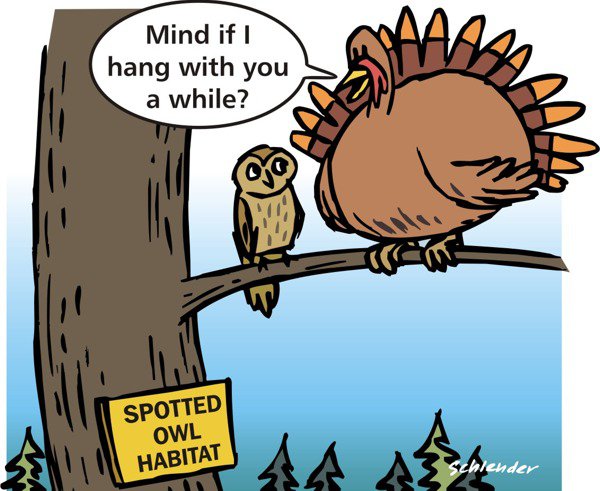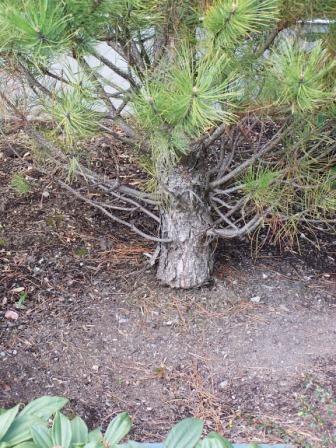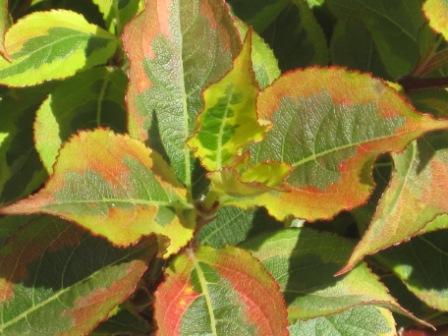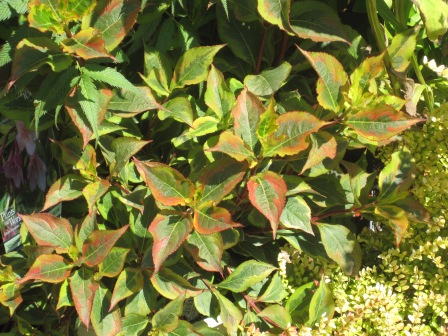Wildlife week continues! My humble experience with my own gardens past and present, as well as our campus garden, is that the presence of water virtually guarantees the presence of wildlife. One of the National Wildlife Federation’s top requirements for becoming a Certified Wildlife Habitat is “supply water” (another requirement: "$20 fee"). Water is, of course, the beverage of choice for most animals (though I did hear of a squirrel that preferred beer). And some creatures require it as a substrate in which to reproduce (that sounded a bit clinical). Unfortunately, the popularity of water gardening, according to garden trend surveys and such, peaked in the late 1990’s and has decreased since. I’d imagine this goes hand in hand with the desire for “no maintenance” landscapes. Whatever. I will not have a garden without moving water in it.
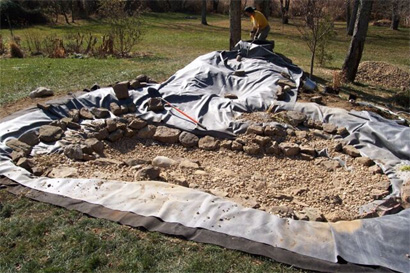
Our first pond-building experience. Dig 11′ x 16 hole with concentric steps. Place excess soil behind pond to create stream/falls/unintended volcano. Line, add river stone and gravel. Add water and LOTS of plants to disguise said volcano.

Voila.
True story that has nothing to do with wildlife*: We put this house up for sale one spring when the garden was kickin’. Within 10 minutes of the Realtor putting the sign out front, a truck drove up. The couple walked straight to the pond (at this point outfitted with a spiffy patio) and said "We’ll take it." I said "don’t you want to see the inside of the house?" and the young woman responded "Sure, I guess we need to." Sold it at 99% of asking price. Never underestimate the value of landscaping!!!
Back on topic…The sound of moving water is an essential part of the experience for me. Makes pulling weeds in the vicinity almost pleasant. Fish, tadpoles, snails, and salamanders populate our wee pond.
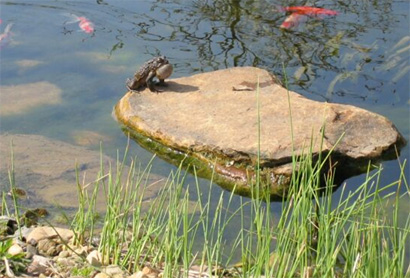
"Burrdurrrrp."
Watching the birds bath on the shallow gravel beach is delightful. The pump runs all winter, keeping the water moving and mostly open. I’m pretty sure that in the dead of winter, it’s the only unfrozen water source for quite a distance, judging from the multitude of critter tracks in the snow.
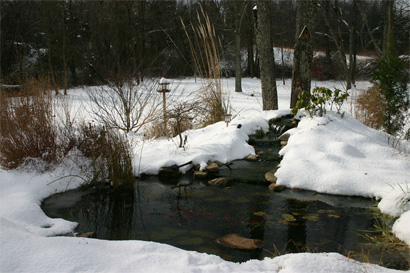
Water makes a garden more pleasant, adds value to our home, and increases the odds of survival for the wildlife during the toughest times of drought and cold. Now get digging.
*Actually, there was a wildlife-related incident…when the buyer’s Realtor took them down the exterior steps to inspect the cellar, he reached inside the door and put his hand on a 5′ long black snake wrapped around the light switch. That was almost a deal-breaker. Point being…if you create a wildlife-friendly yard, they will come. All of them.
